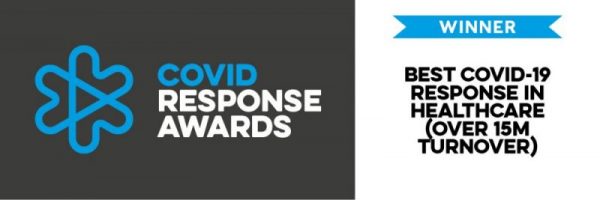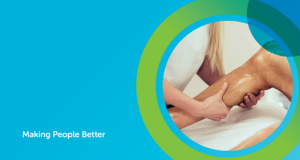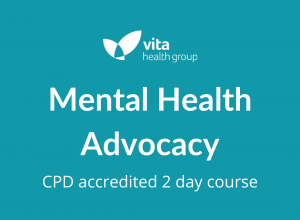In This Section
Achilles Tendon Pain
The Achilles tendon is the combined tendon of the two calf muscles, the gastrocnemius and soleus.
What Causes Achilles Tendon Pain?
Although it is the strongest tendon in the body, it can sometimes be overloaded, which causes discomfort and even pain.
Achilles pain used to be called Achilles tendinitis but we now know that the Achilles does not get inflamed, so we use the term Achilles tendinopathy. Achilles tendinopathy is typically seen in running or jumping activities but can occur in people who don’t play sport.
General tightness can also be seen in summer months when people wear shoes with no heel e.g. flat sandals/flip flops that put an extra stretching load on the Achilles. Occasionally this can develop into a tendinopathy.
When the tendon is overloaded it tends to get thicker/swollen, usually in the middle of the tendon about 5cm above where the Achilles inserts into the heel bone (calcaneum). Typically the Achilles will feel tight and sore first thing in the morning and when you first start exercising. In the early stages that pain will often ease off once the Achilles is warmed up. During exercise the pain will usually recur as the Achilles gets tired and this pain may persist once exercise has stopped.
Insertional Achilles Pain
Pain at the insertion into the heel is more complex and can be related to tendinopthy, inflammation of insertion, inflammation of bursa, pressure from heel bone (calcaneum) on achilles tendon or shoe on calcaneum. Tendinopathy of the tendon at the point where it inserts into the heel bone is called “insertional tendinopathy”. This distinction is important because the exercises you do to treat insertional tendinopathy are slightly different. Eccentric loading has been proven to be very effective in treating pain in the mid portion of the Achilles tendon. These exercises have recently been modified for situations where the pain is not in the tendon itself, but where the tendon attaches to the bone.
In the early stages this exercise MAY BE PAINFUL, but do not worry. This is normal and experience shows that the tendon will not rupture and, in most cases, will get better as a result of the exercise. When there is no pain during or after the three sets of repetitions then move onto stage 2.
Achilles Inflammation
Very rarely the outside sheath of the Achilles tendon (the paratenon) can be inflamed with diffuse swelling and a crunchy feel (called crepitus) when touched, but this condition is much less common and will not be discussed further. If you suspect you have this problem consult your GP.
Investigation of Achilles Pain
If pain persists ultrasound scan provides helpful information. Please note there is poor correlation between the severity of pain and abnormal findings on scans
Treatment of Achilles Tendinopathy
The Achilles is painful and thickened/swollen because it has been overloaded, i.e. it is too weak to cope with the load it is placed under. It therefore follows that rest is only going to make matters worse as the Achilles will get even weaker if rested. The treatment of Achilles tendinopathy is a very simple heel drop exercise, which in most cases will resolve the problem. This exercise is painful to start with, but must be done every day and should be viewed as a three months treatment. The most common reason for it not working is that patients don’t do the exercises often or regularly enough.
Although complete rest can be a bad thing, relative rest is encouraged, i.e. you should temporarily reduce or even stop the activity that has caused your problem. For example if you are a runner, you should stop running for the first six weeks of the heel drop exercise programme. After six weeks you can then gradually re-introduce your running.
If your Achilles is particularly sore when walking around, doing everyday things, then try wearing a shoe with a slight heel or putting a small heel raise in your shoe. This merely takes some of the stretching load out of the tendon.
Vita is an award-winning, CQC registered healthcare provider














